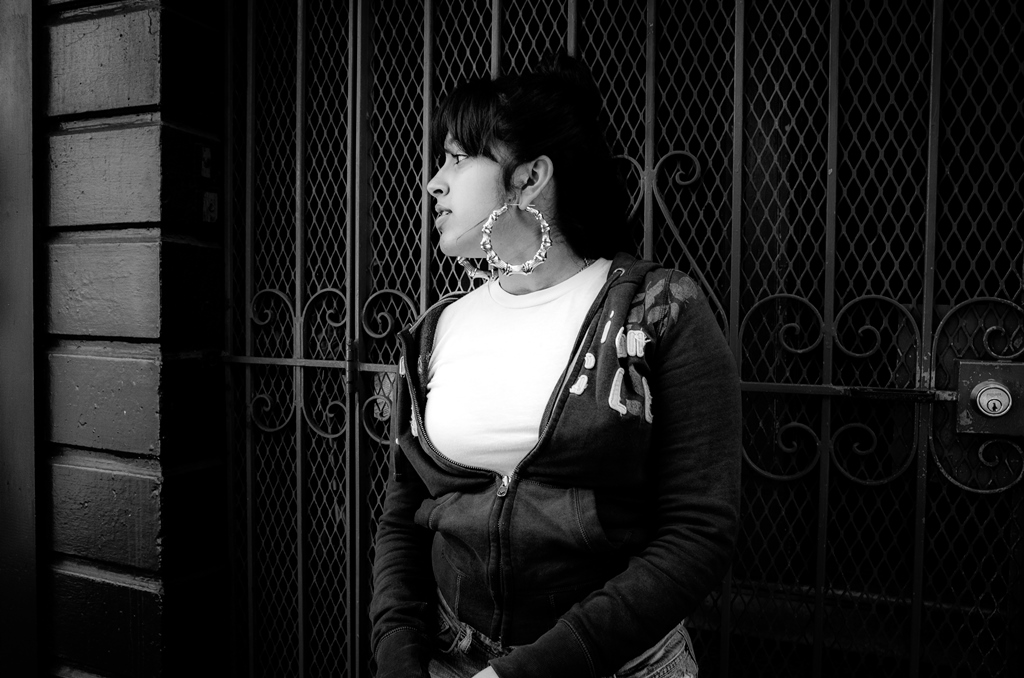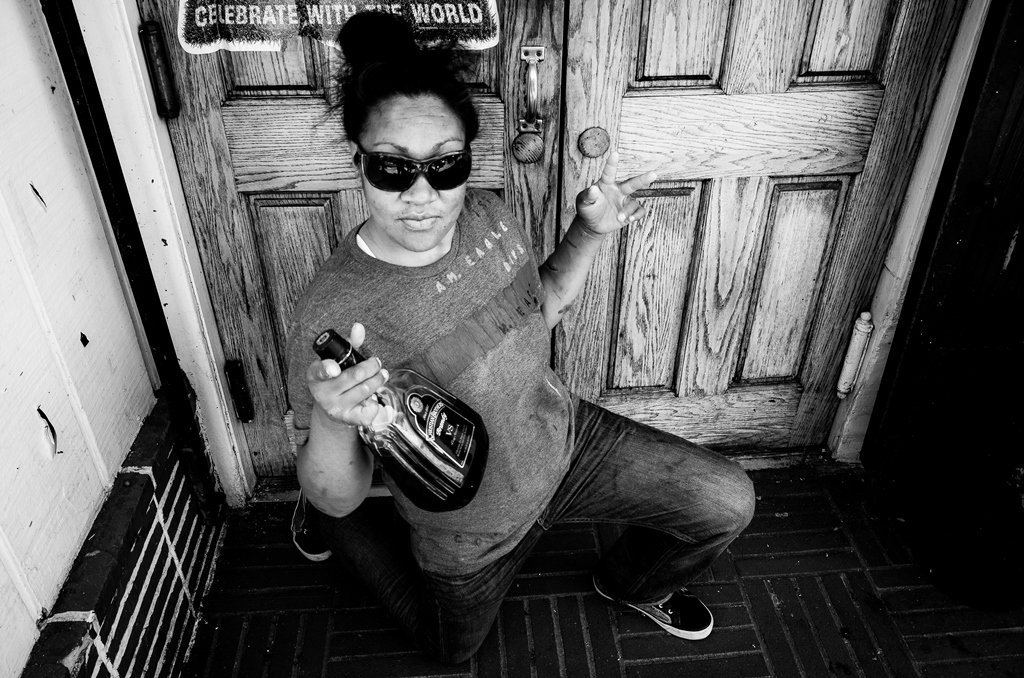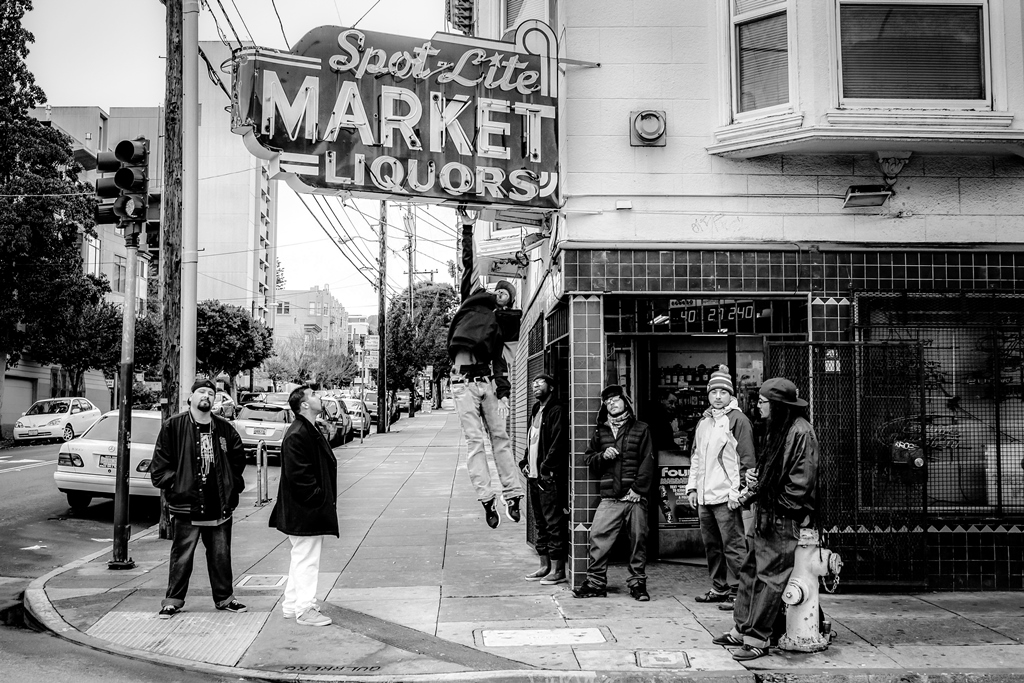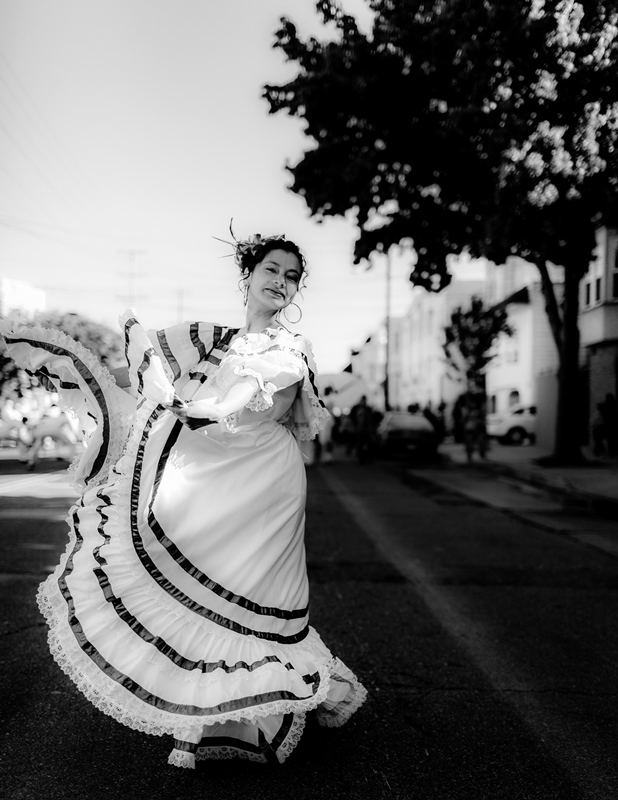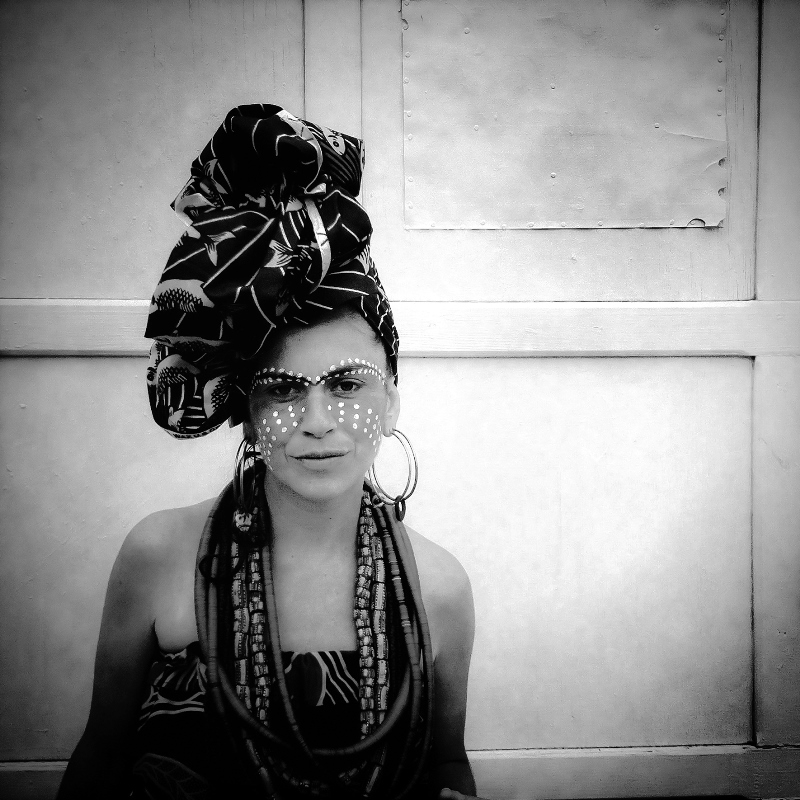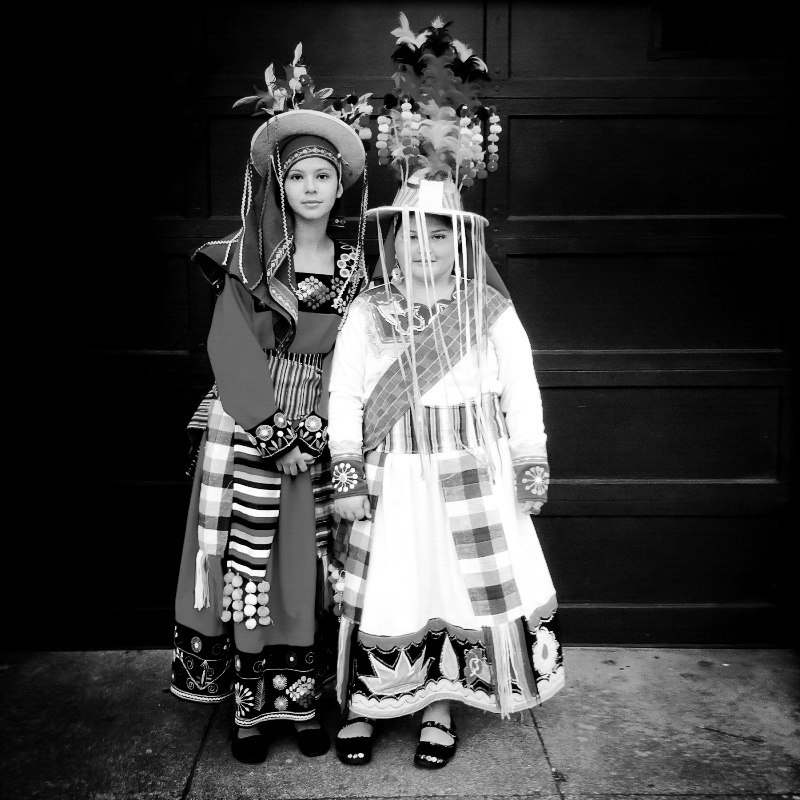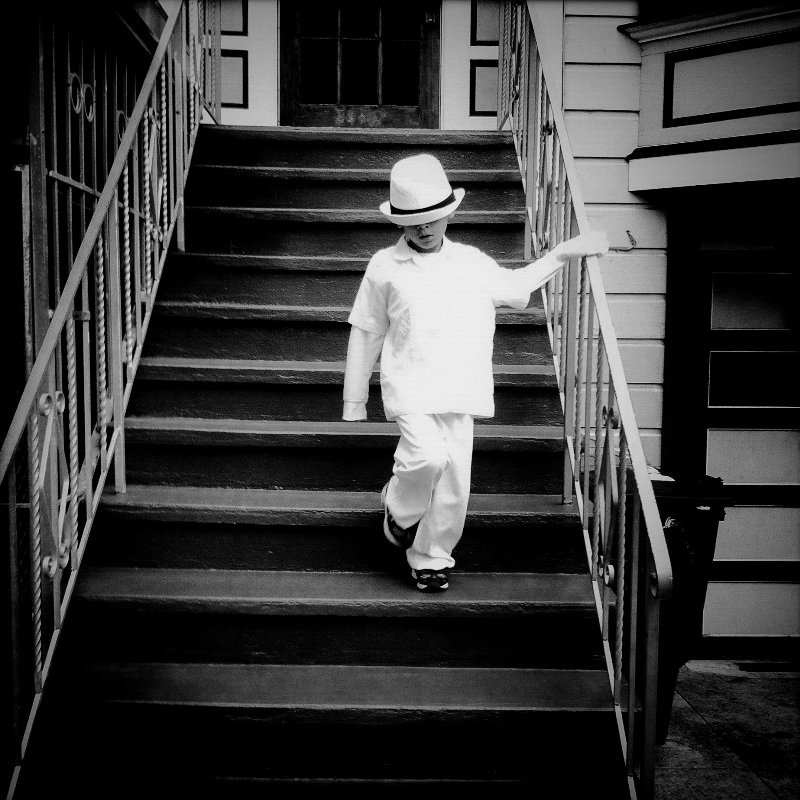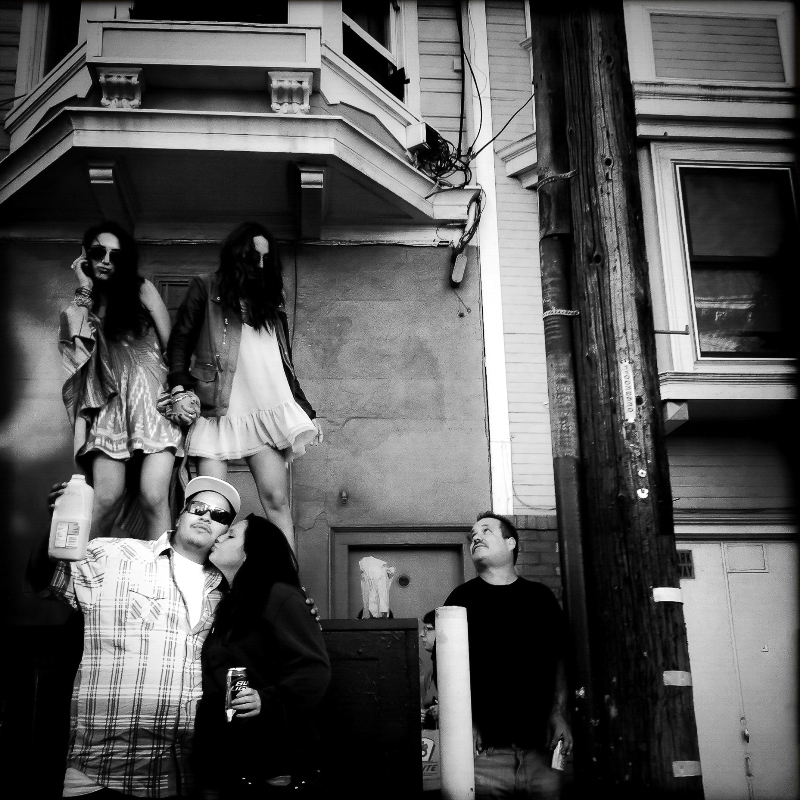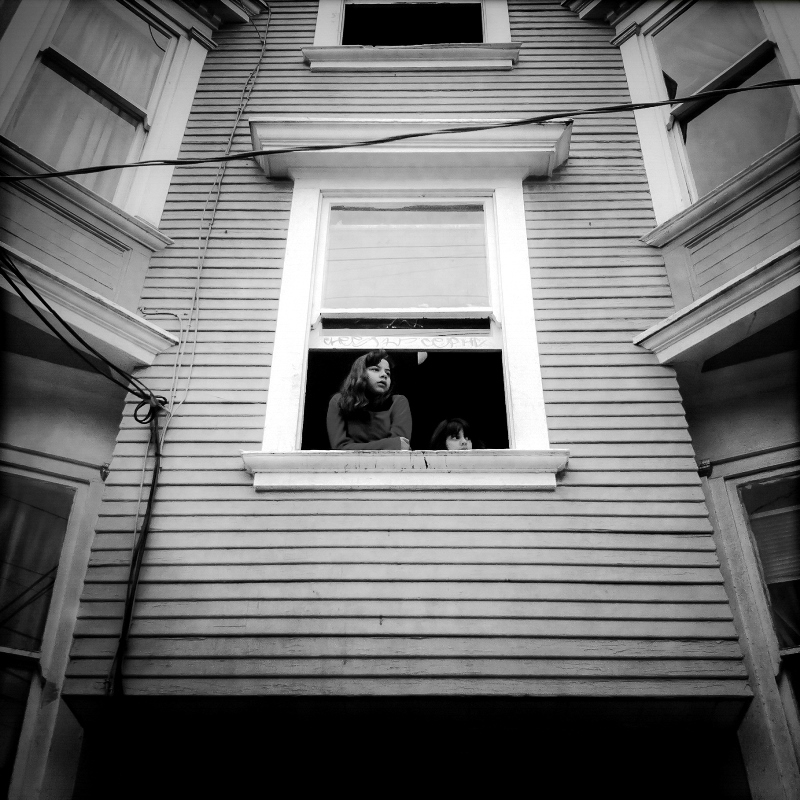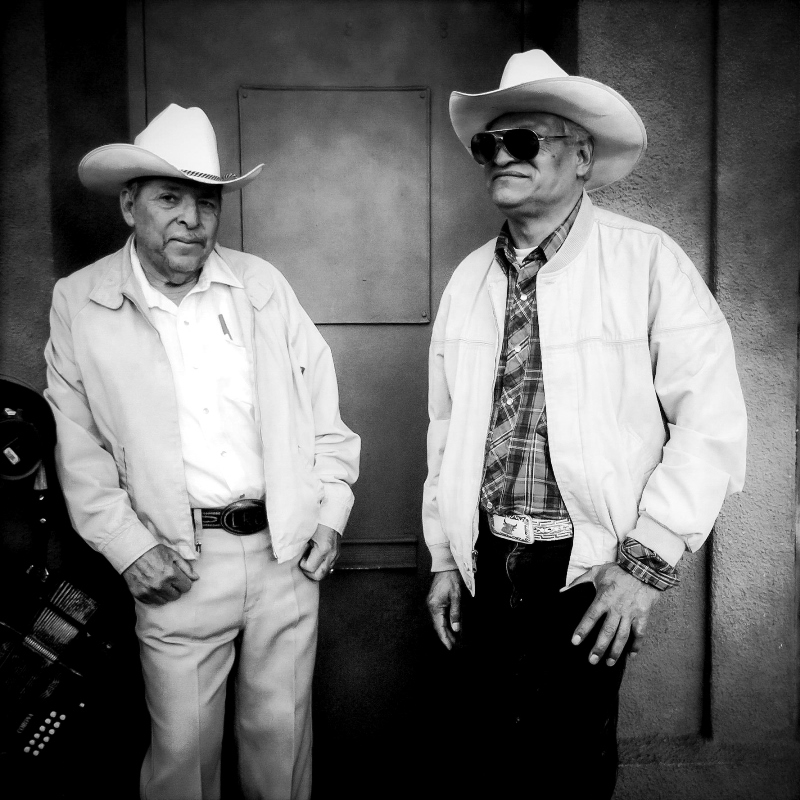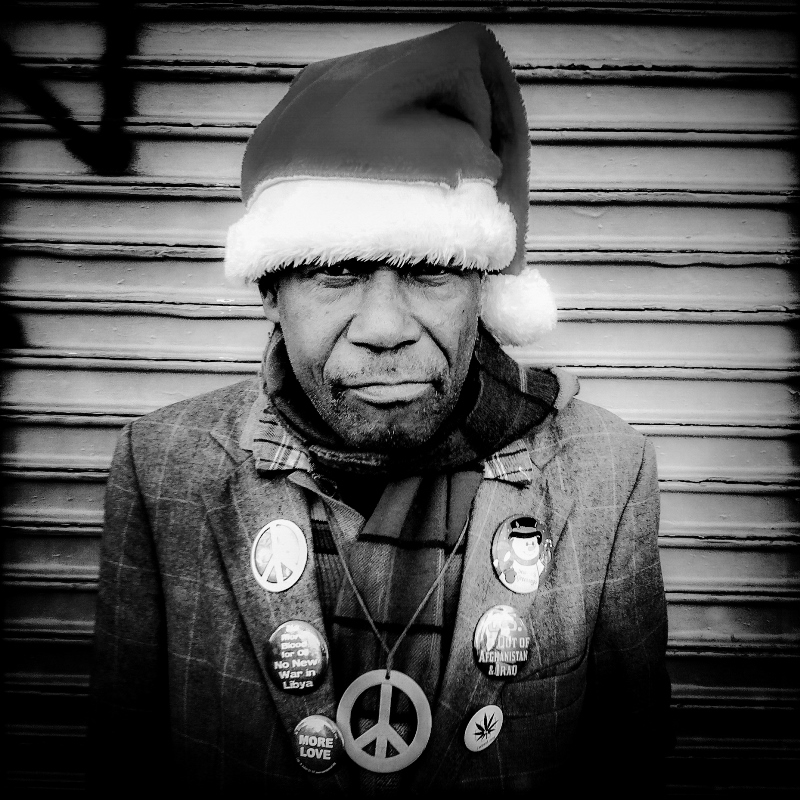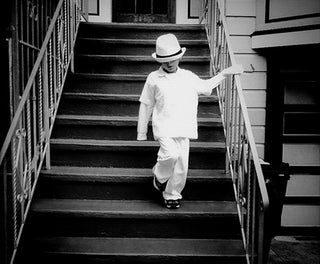These days, for better or worse, Instagram is the first place most folks turn to view a photographer’s “body of work” – myself (a lifer in this craft) and many companies and publications looking to commission and/or feature photographers, included. That’s just the nature of the game now. Maybe it has something to do with how accessible the app is, being right there on your phone and all. I don’t know.
Current trends aside, however, I feel that photographers should still focus on building strong portfolios – something that’s completely separate from their IG , Tumblr, etc. – showcasing his or her strongest work, all tightly edited and sequenced in a coherent manner.
Most importantly, a portfolio shows FOCUS, and that right is what helps you standout from the masses in this craft. Let’s face it, cameras today are like opinions and assholes, everybody has one.
For me, I focus my personal photography around finding unique, candid street scenes, street portraits and the occasional urban landscape in and around San Francisco. This work makes up the base of my portfolio, with a handful of supplemental, more specific projects mixed within.
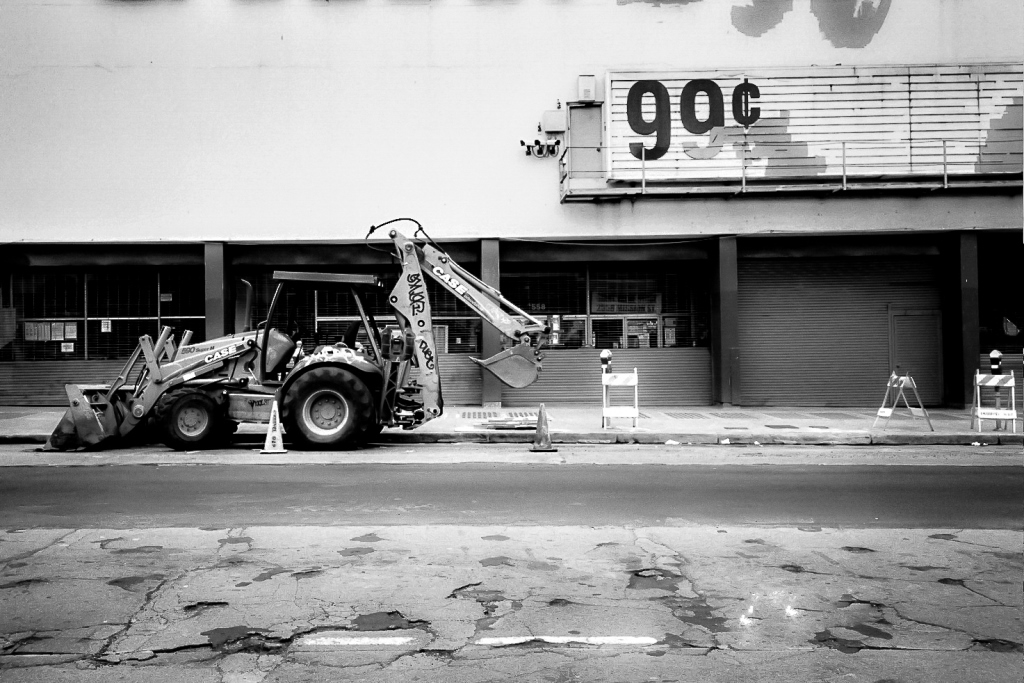
These photos are an example of an ongoing project I’ve been working on the last couple of years. Titled “Mission District Preserved,” the series captures moments of preserved culture and signs of forthcoming change that I’m seeing in San Francisco’s Mission District, a neighborhood that is truly night and day since I moved here nearly two decades ago. Take the above photo for example. This 99 Cent store is now a luxury condo building.
Out of hundreds of snaps I’ve taken on the streets of The Mission, I feel these 20 best represent my theme. I had concerns about lumping 35mm film, digital and iPhone snaps together, but it seems to work okay here, me thinks. Some may say this practice is taboo – like mixing color and black-and-white in a series. But different strokes for different folks… Ya’ll already know my thoughts when it comes to tools in this craft: They mean nothing.

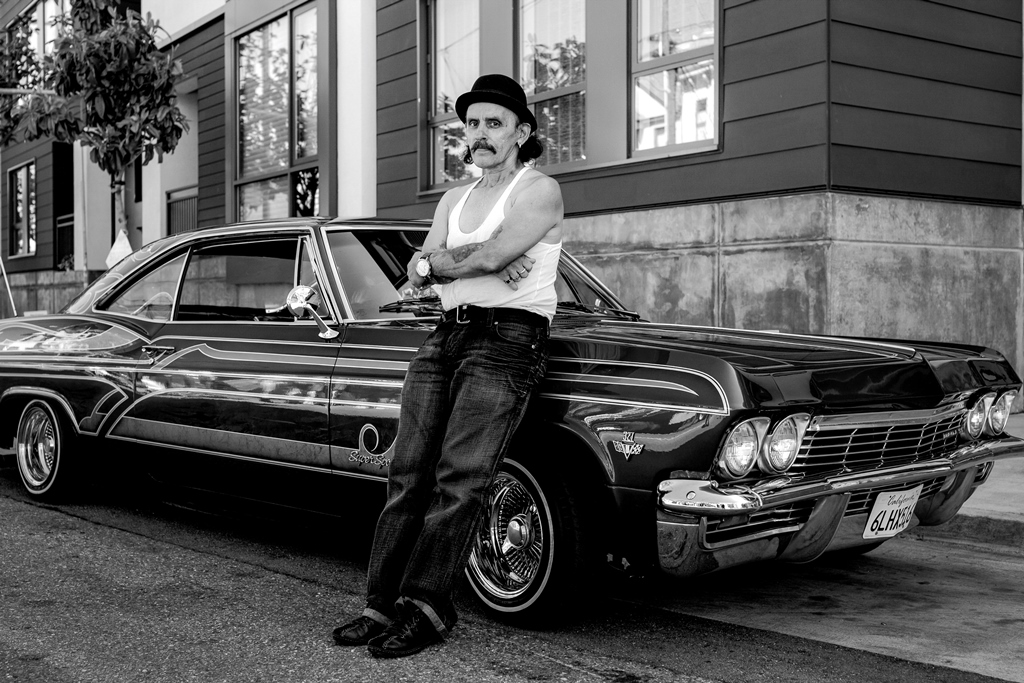
FOCUS
Focus is what drives your work. Meaning, what the hell interests you as a photographer? That’s a question you need to ask yourself.
Now I agree that a photographer should be able to shoot anything and everything put in front of them (gonna save this for a whole other post), but having a strong focus in a certain area can, as mentioned above, help you stand out from the masses. Think of the phrase, “Jack of all trades, master of nothing.” Not saying that any genre of photography can be mastered, but you get my point. Try not to spread yourself too thin.
If there’s one thing I can’t stand in a portfolio, it’s looking at images that jump all over the place, ranging from a candid street scene in New York to a hot air balloon ride in Colorado. That’s cool for Instagram, but I’m definitely not feeling that approach when it comes to building a portfolio. I think it illustrates a lack of focus.
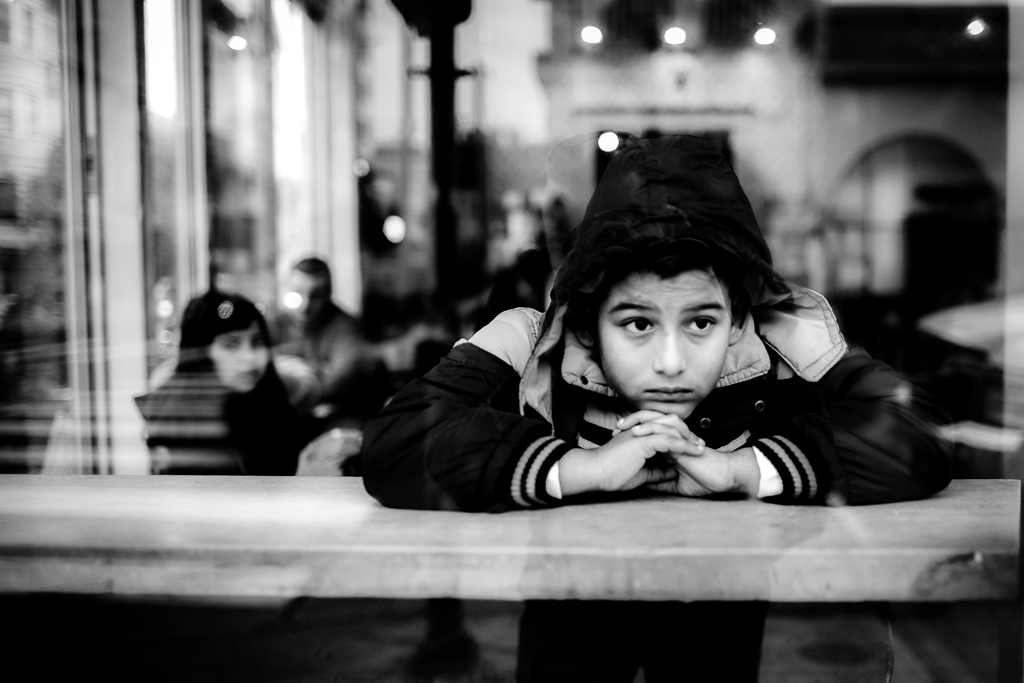
PROJECTS
A project can be about anything you like, really. This is a very basic example and I highly suggest digging a little deeper with your projects, but maybe you’re fascinated by the color red. So in that case, you would venture off specifically looking for all people, places and things that contain the color red. Then, out of a large collection of similar themed photos, you would edit them down to a smaller series – cherry picking the very best, then sequencing them in a manner that has rhythm, flow, and releases some sort of narrative about what the red color means to you.
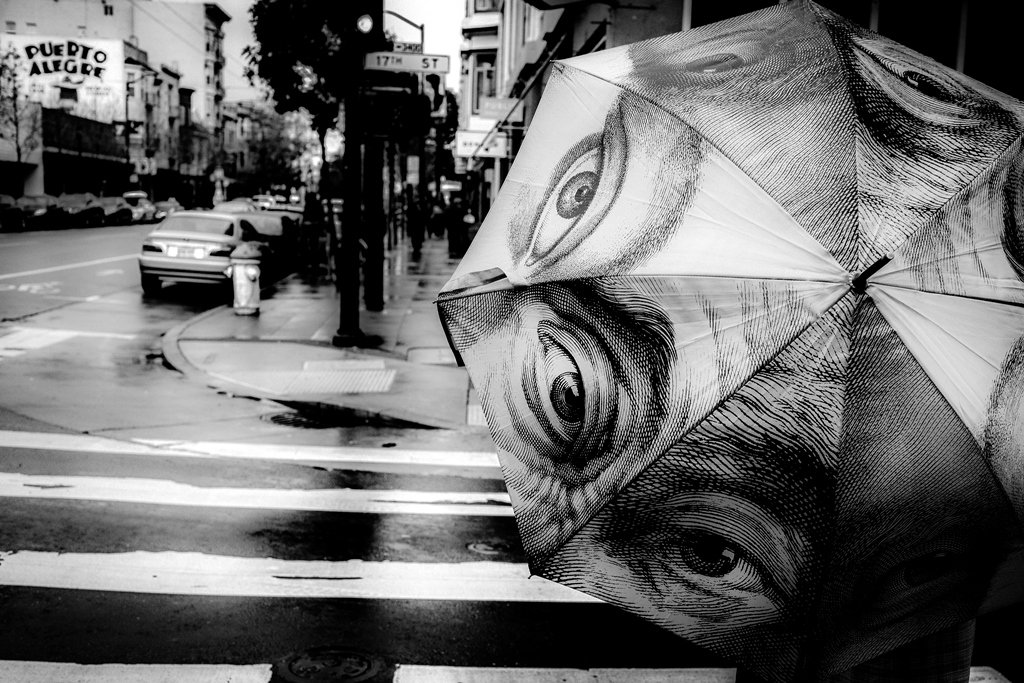
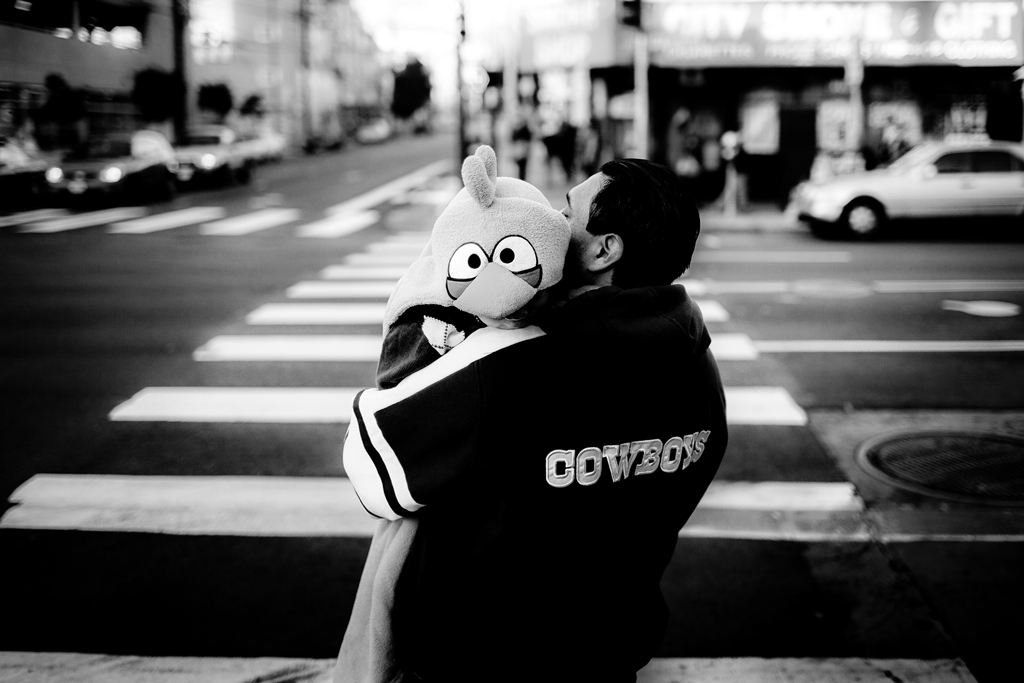
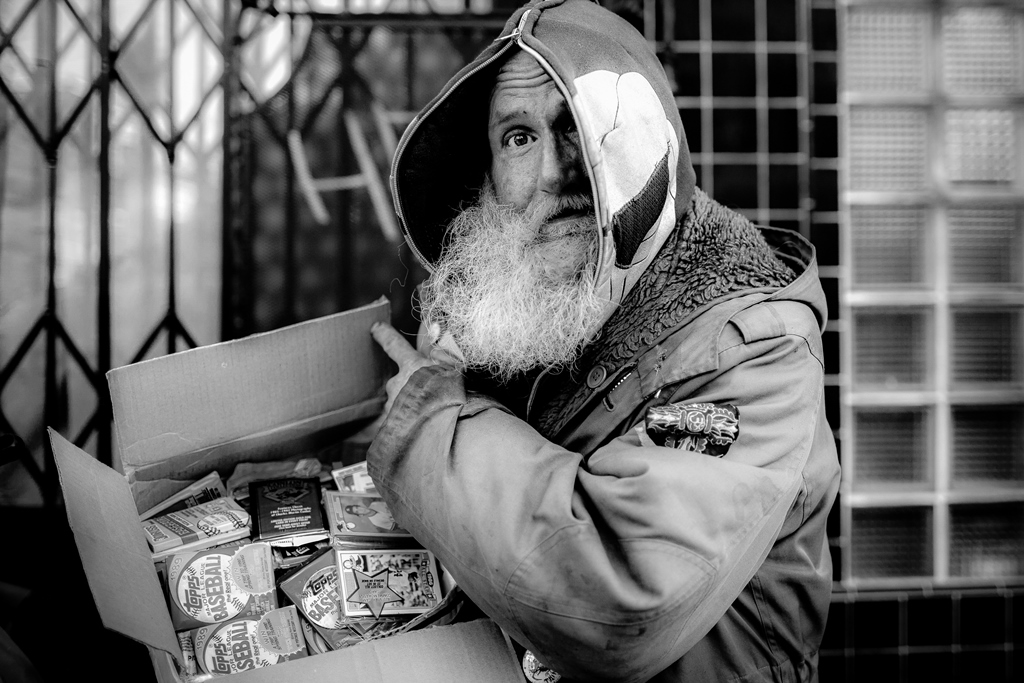
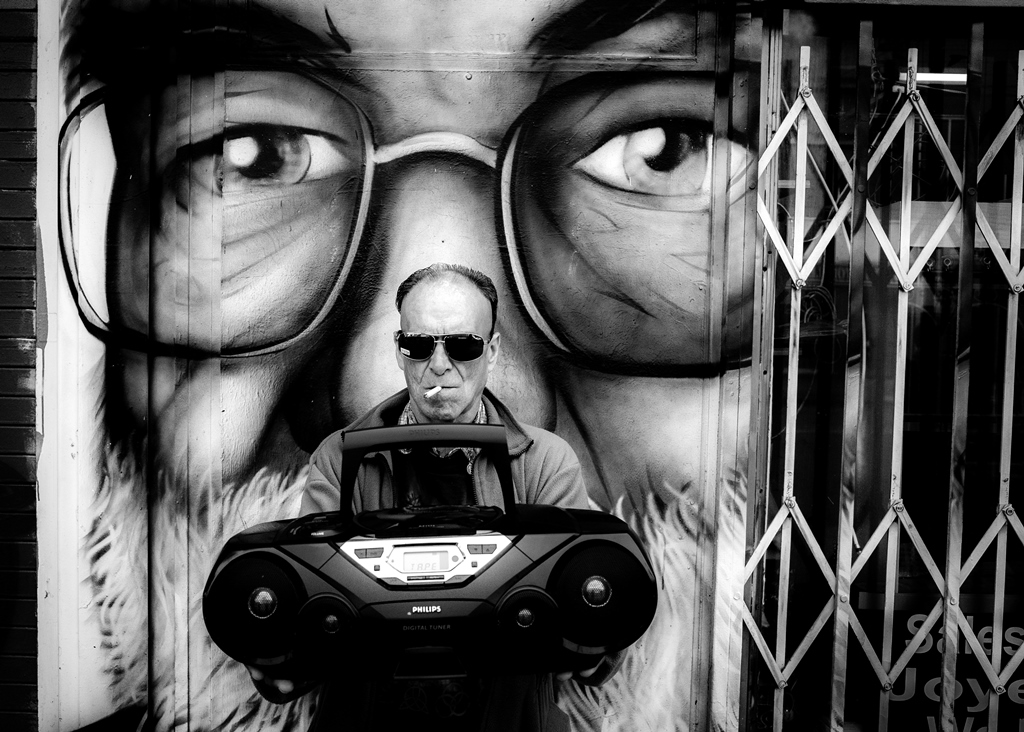
SEQUENCING
Scroll back up real quick and take a closer look at the last five photos. See how they all sort of flow into one another, especially the second and third images with the intersections? It’s all about the eyes here.
Aim for rhythm in sequencing, so that each image naturally flows right into the next. At the same time, however, be mindful that the images in your series are not duplicative of one another. Don’t be afraid to use the pruning shears. Less is always more in this craft, I believe.
